Summer Wildflowers in the Deer Lake Savanna — Notes from a Wildflower Walk in Forest Park
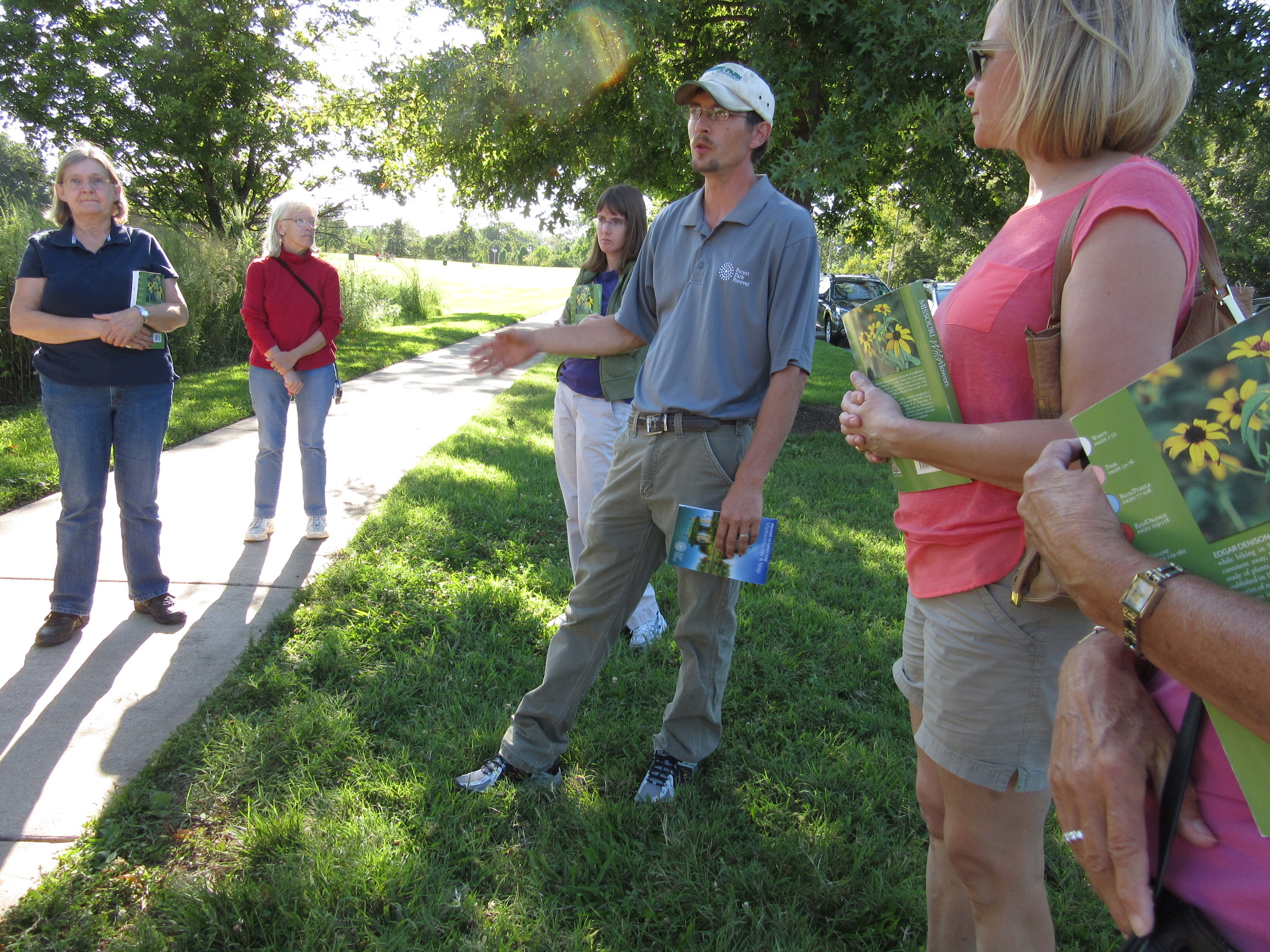
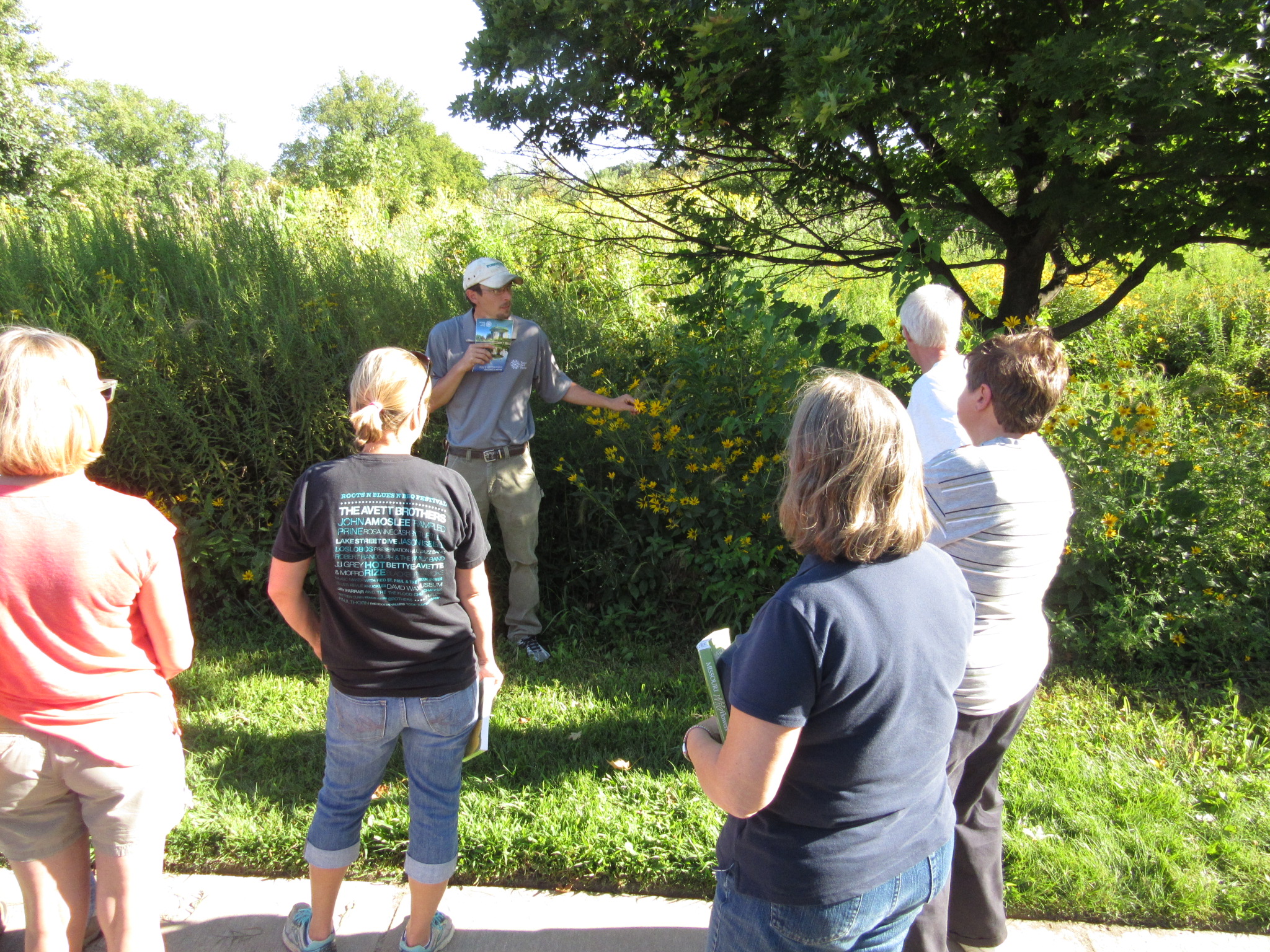
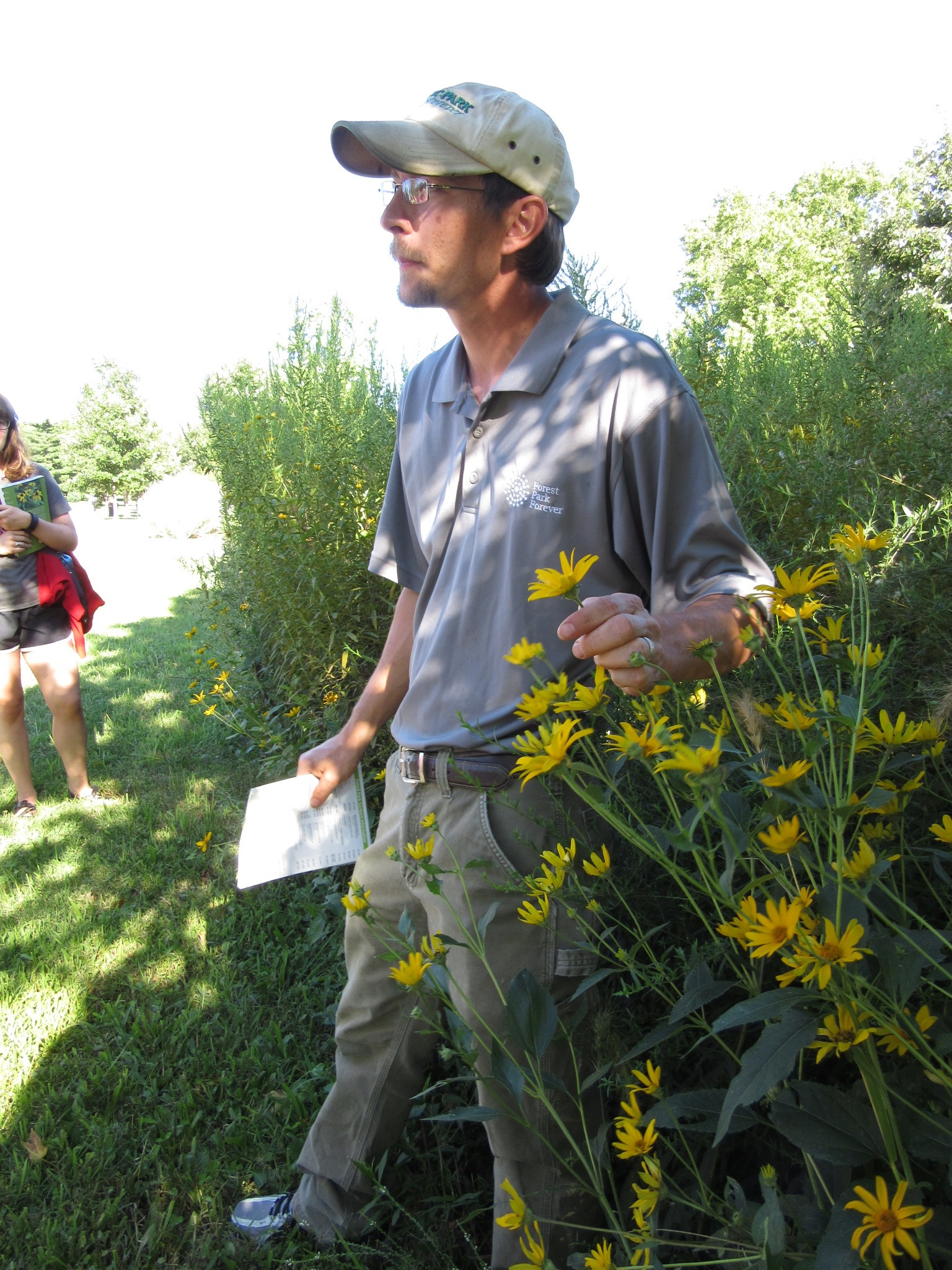
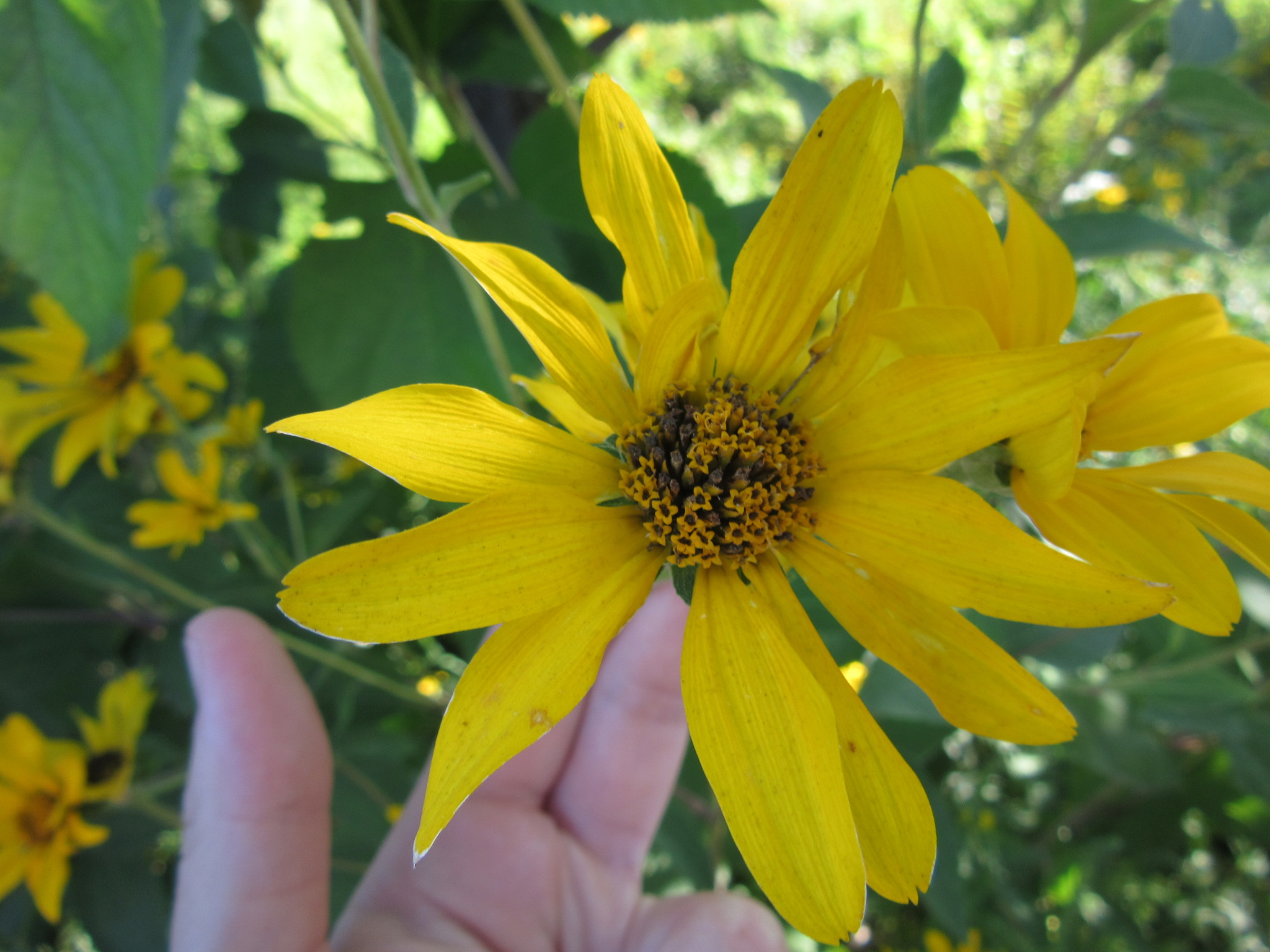
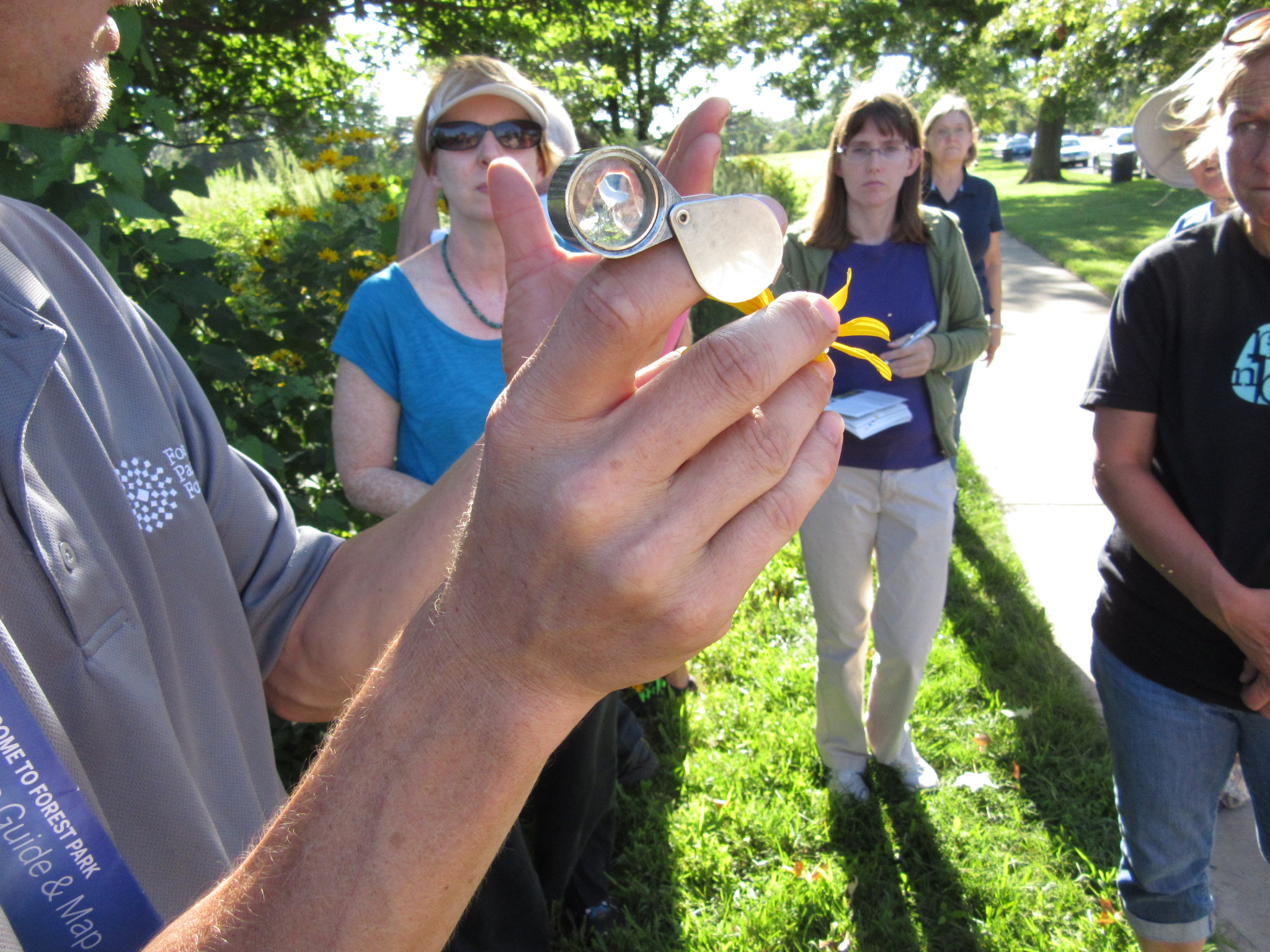
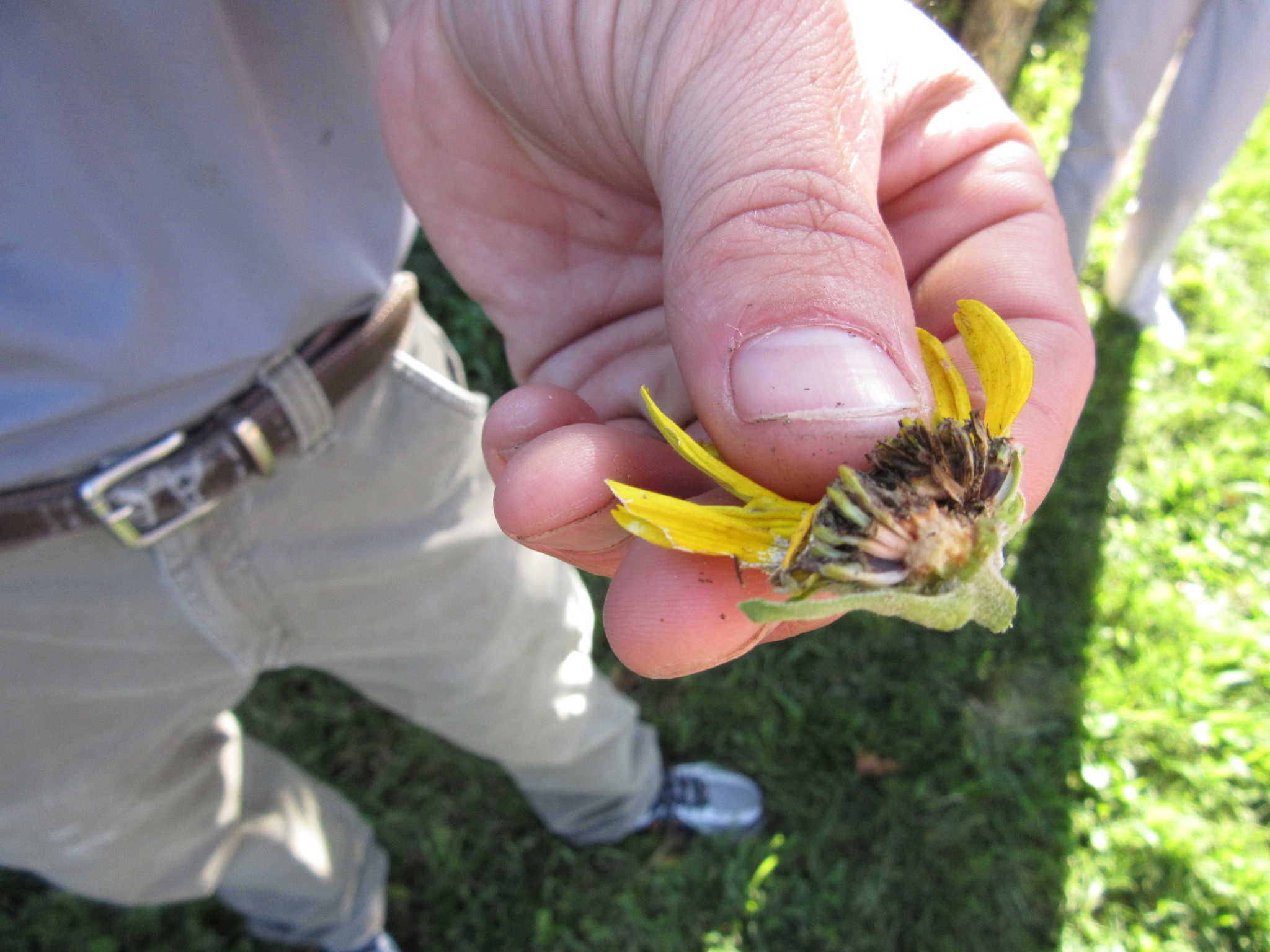

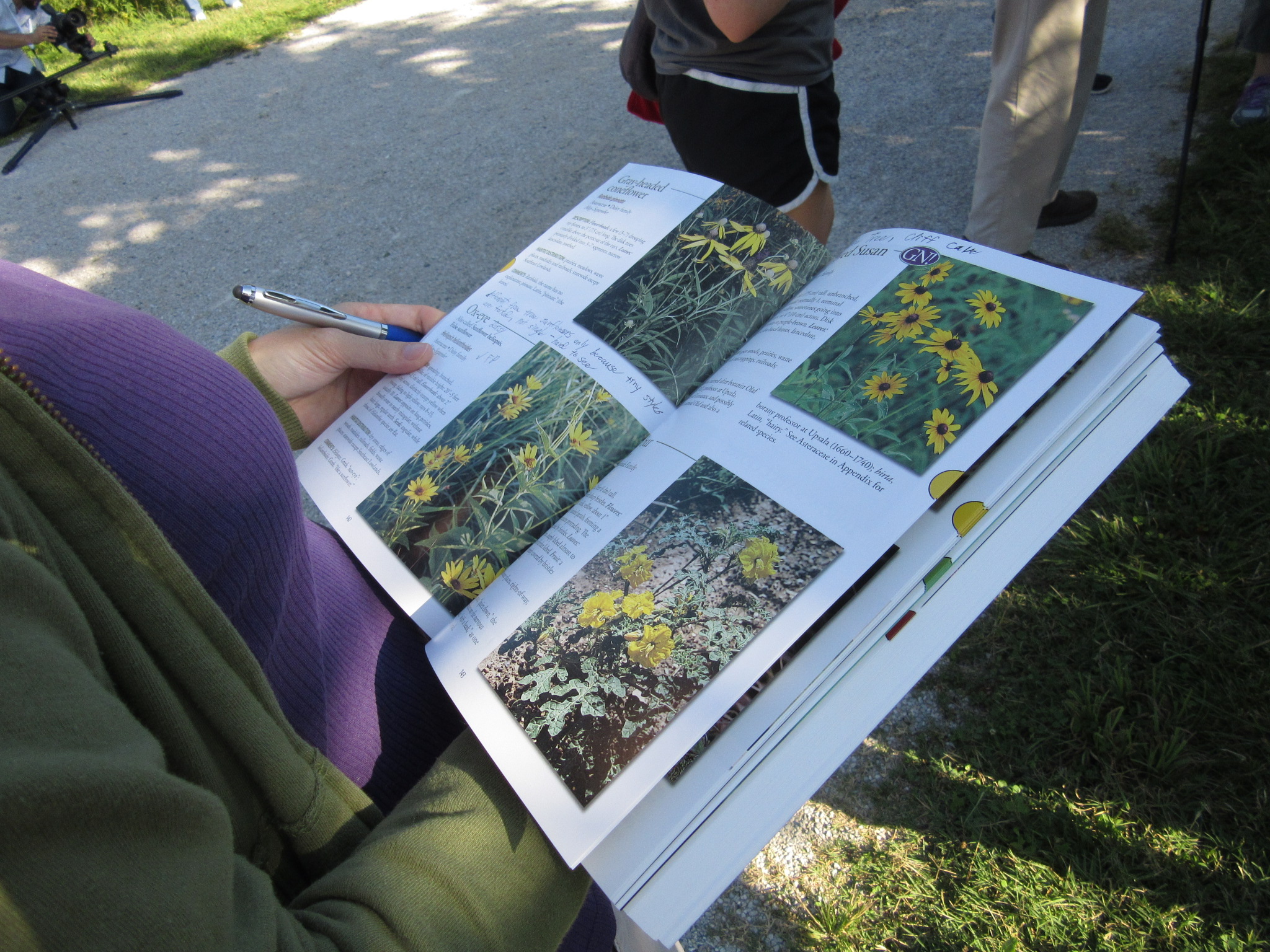
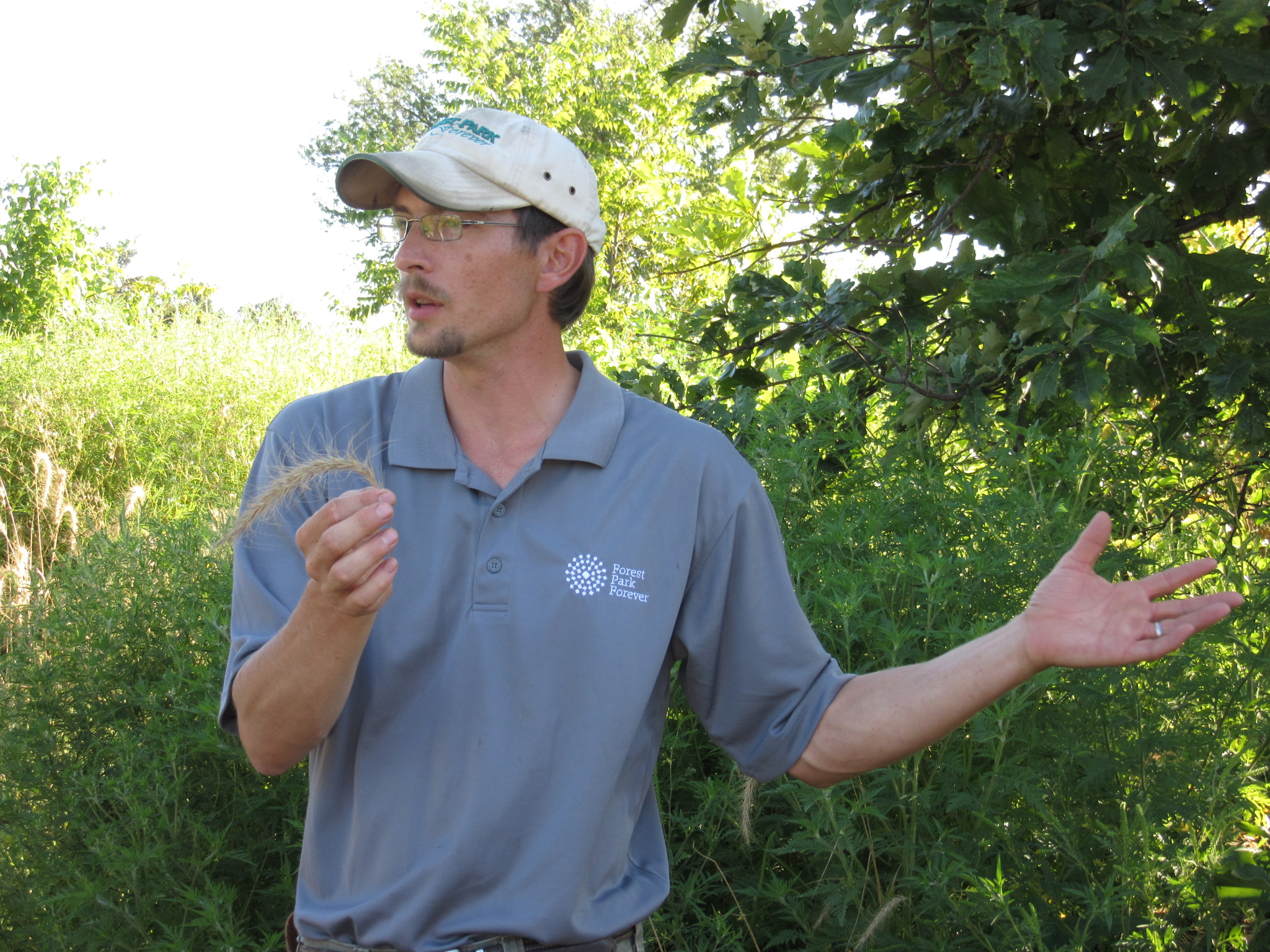
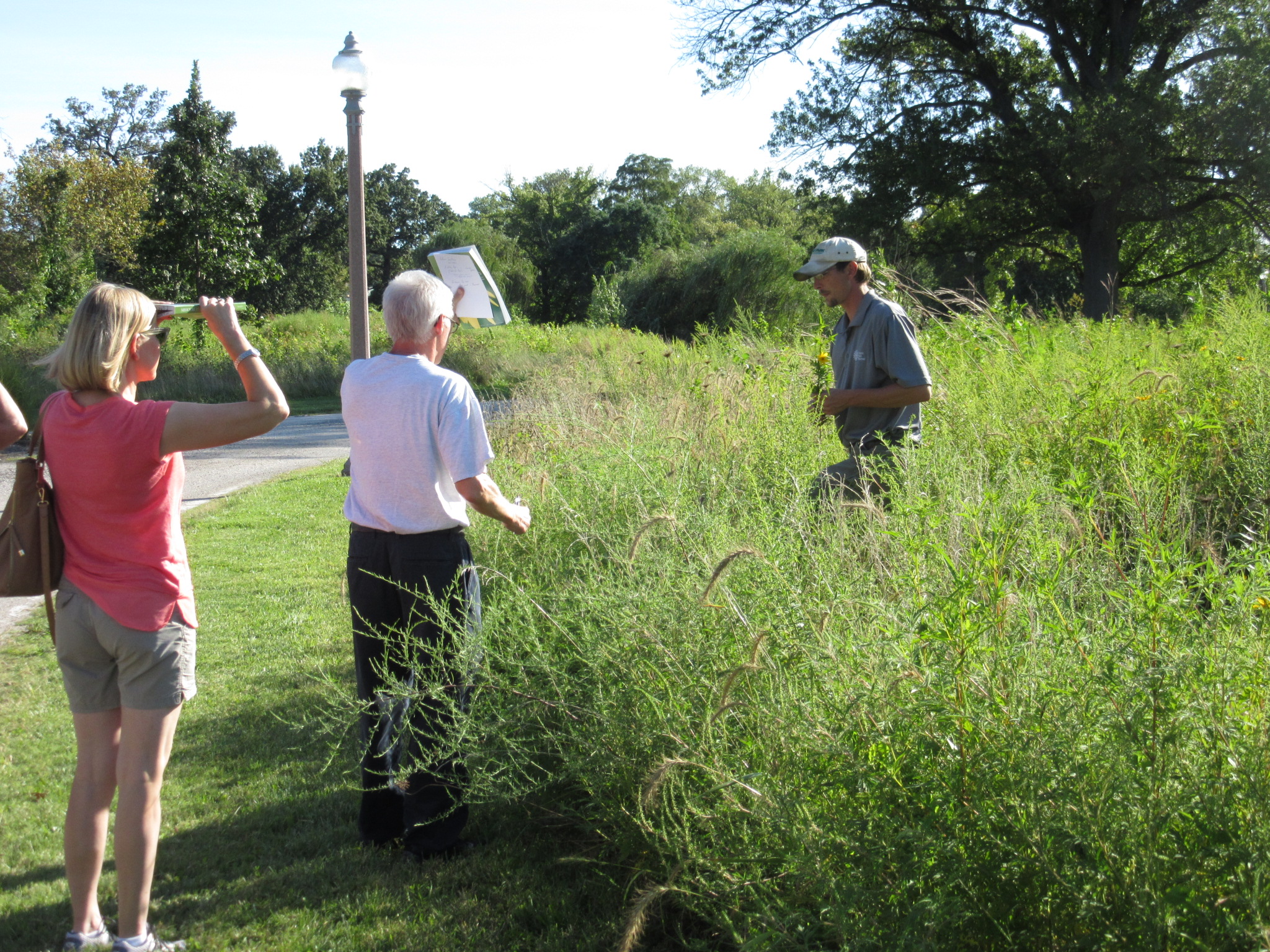

To the untrained eye, they look like large swaths of weeds speckled with too-tall flowers, dried grass and other unknown, overgrown vegetation.
But a closer look reveals a curated collection of thriving native plant species that withstand our biting winters and extreme summers, require less maintenance than non-native plants and become optimal ecosystems for local wildlife.
Held on the last Tuesday of the month between March through October, Forest Park Forever’s guided 90-minute Wildflower Walks explore these Nature Reserves filled with wildflowers, trees and grasses that, in total, feature over 500 native plant species on 170 acres. Tour locations and topics vary, but the August walk I took part in focused on the summer wildflowers of Deer Lake Savanna — an area you’d never know existed unless you happened to divert off-course and onto a wide gravel path surrounded by waist-high brush.
Restored in 2002, this area hosts 200 native species and sits on 24 acres just east of Cricket Field and north of the Muny. It's unique in that it consists of intermixed prairie, savanna and shallow wetland communities, which effectively support many different types of plants and animals. Before the turf grass was uprooted, herbicide was sprayed and myriad native species were planted from seed, it looked just like Cricket Field does now — flat and mowed.
Leading today’s walk was Josh Wibbenmeyer, one of Forest Park Forever's two Nature Reserve Stewards, who’s been with Forest Park Forever for three years. Some of his primary duties include restoring, maintaining and sustaining Nature Reserve areas in the eastern half of Forest Park.
“In addition to tours, trail maintenance and trash pickup,” Josh told me, “much of our team’s time is spent monitoring for and removing or attempting to control invasive plant species and even some aggressive native weeds in order to encourage native species.”
These restoration projects began in 1999 and continue today; the latest has been in progress since February near the Union entrance to Forest Park.
“We are always pushing to restore underutilized areas that can improve the ecosystem within the Park, as well as provide a positive visitor experience,” Josh said.
Josh began this Wildflower Walk promptly at 5 p.m., welcoming a dozen or so people — a wide range of ages and a mix of amateurs, semi-knowledgeable students and gung-ho home gardeners donning wide-brimmed hats and appropriate walking shoes.
I expected to be lured into a hidden area far from the sidewalk, but Josh’s first stop on the tour was just several yards behind our starting point at a cluster of small yellow daisies — ones I’ve noticed growing near my apartment’s parking pad and that I often pick for my homemade bouquets — that we learn are called oxeye or false sunflower (Heliopsis helianthoides). The curious crowd gathered around as Josh plucked off a flower, crushed it between his fingers and magnified it under a hand lens. There were nods and mutters of recognition as he explained how to distinguish this species from its look-a-likes.
From there we came upon rough blazing stars (Liatris aspera) and rattlesnake master (Eryngium yuccifolium), the latter of which gets its name from the sound it makes when its dried-out seed heads rap against each other.
Looking around at the thick vegetation, it was hard to believe that it was only in the spring they had a controlled burn — a practice that diminishes overgrown shoots, creates room for underdog species to grow and provides natural added nutrients to the soil — as the ragweed was already waist-high again, and the cattails were coming back with a voracity Josh described as “extremely vigorous.”
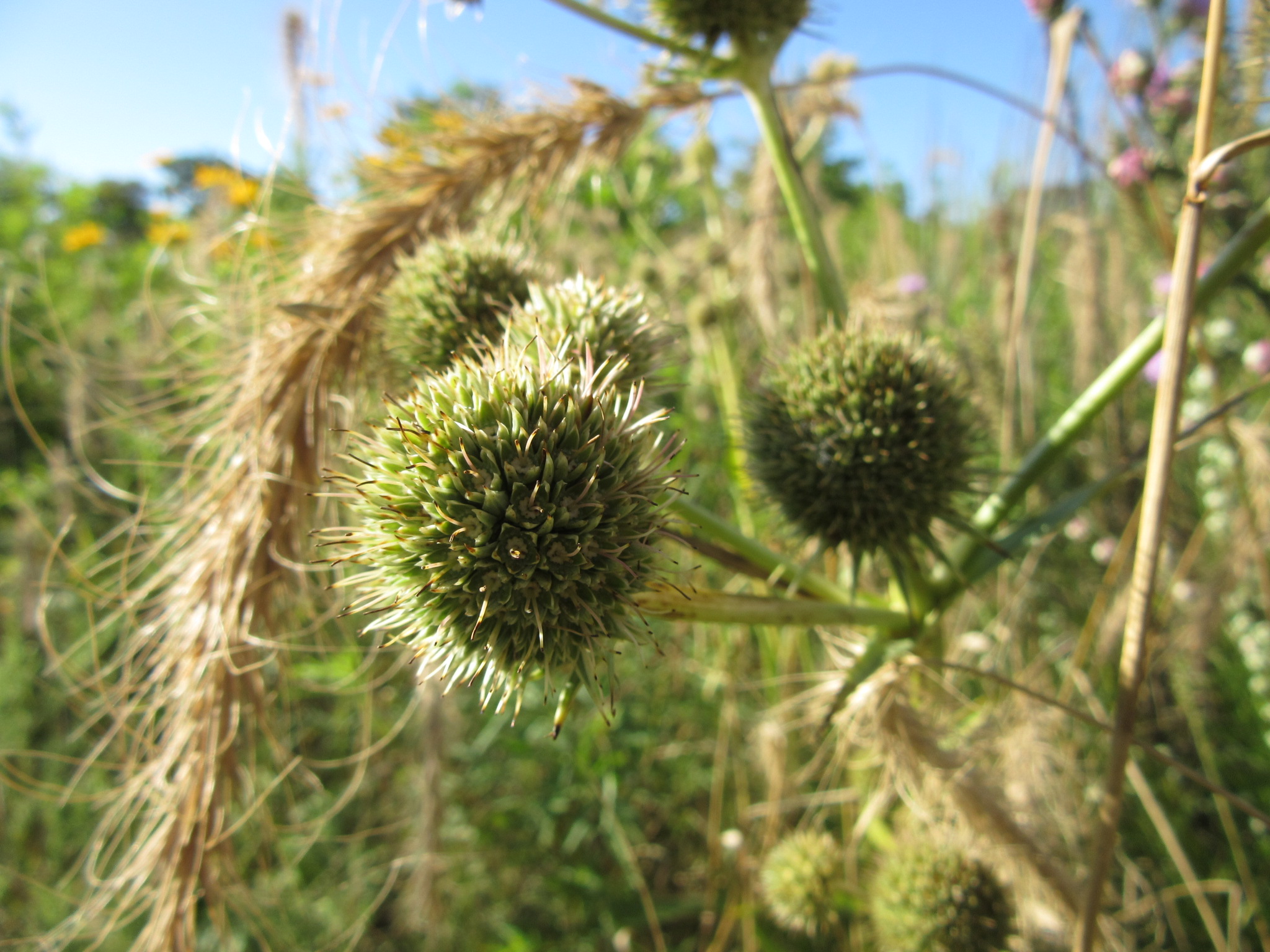

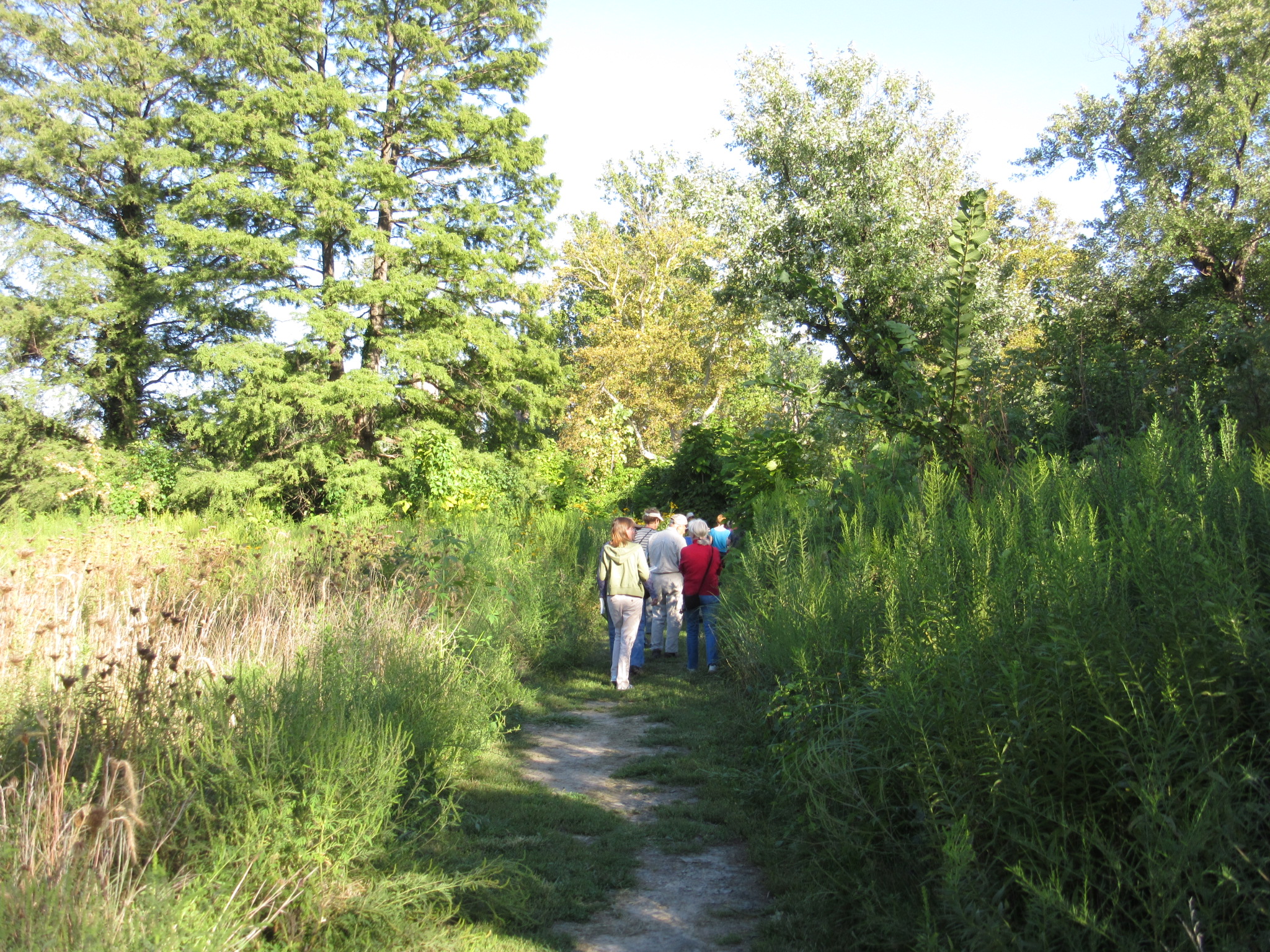
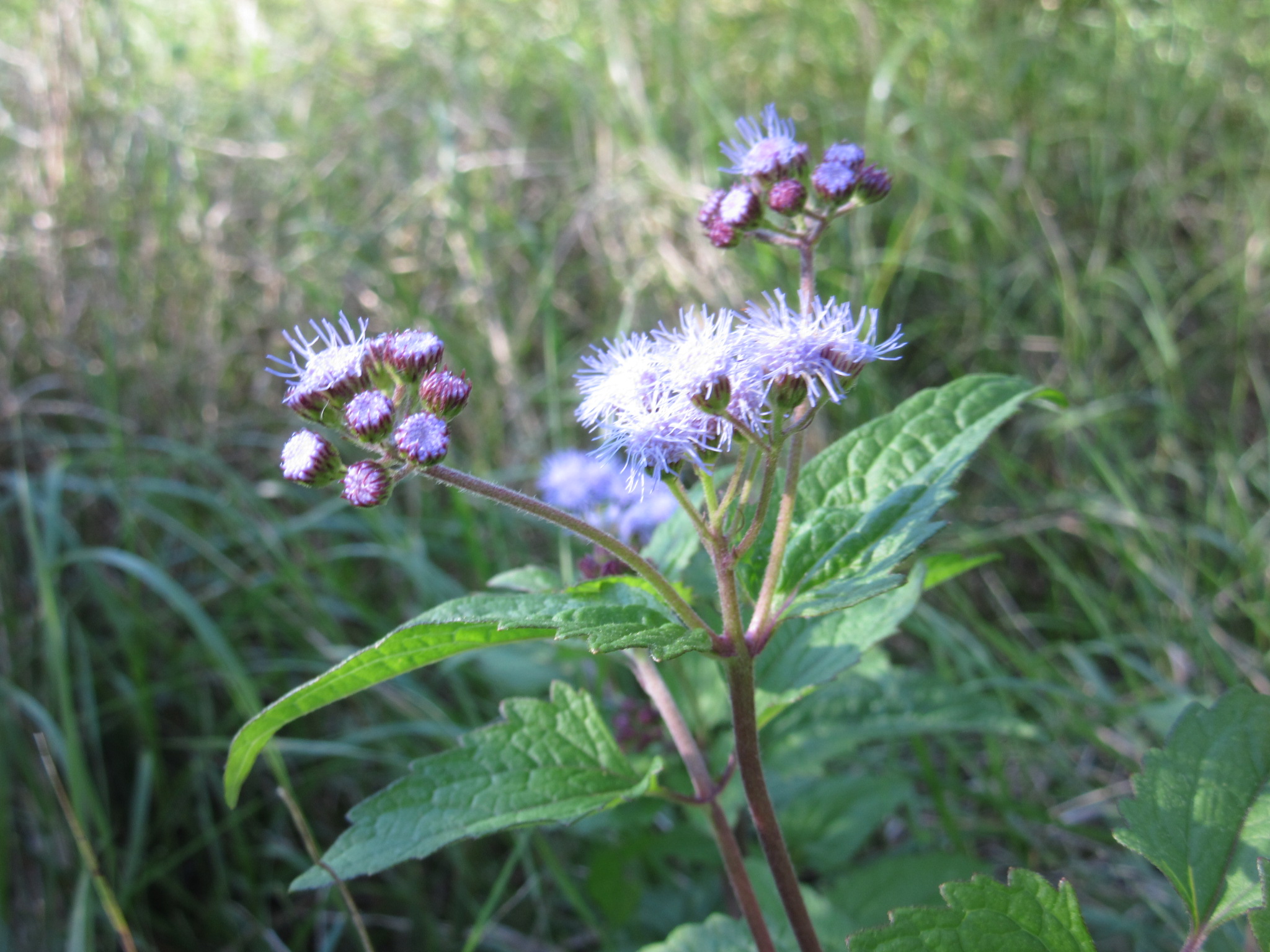
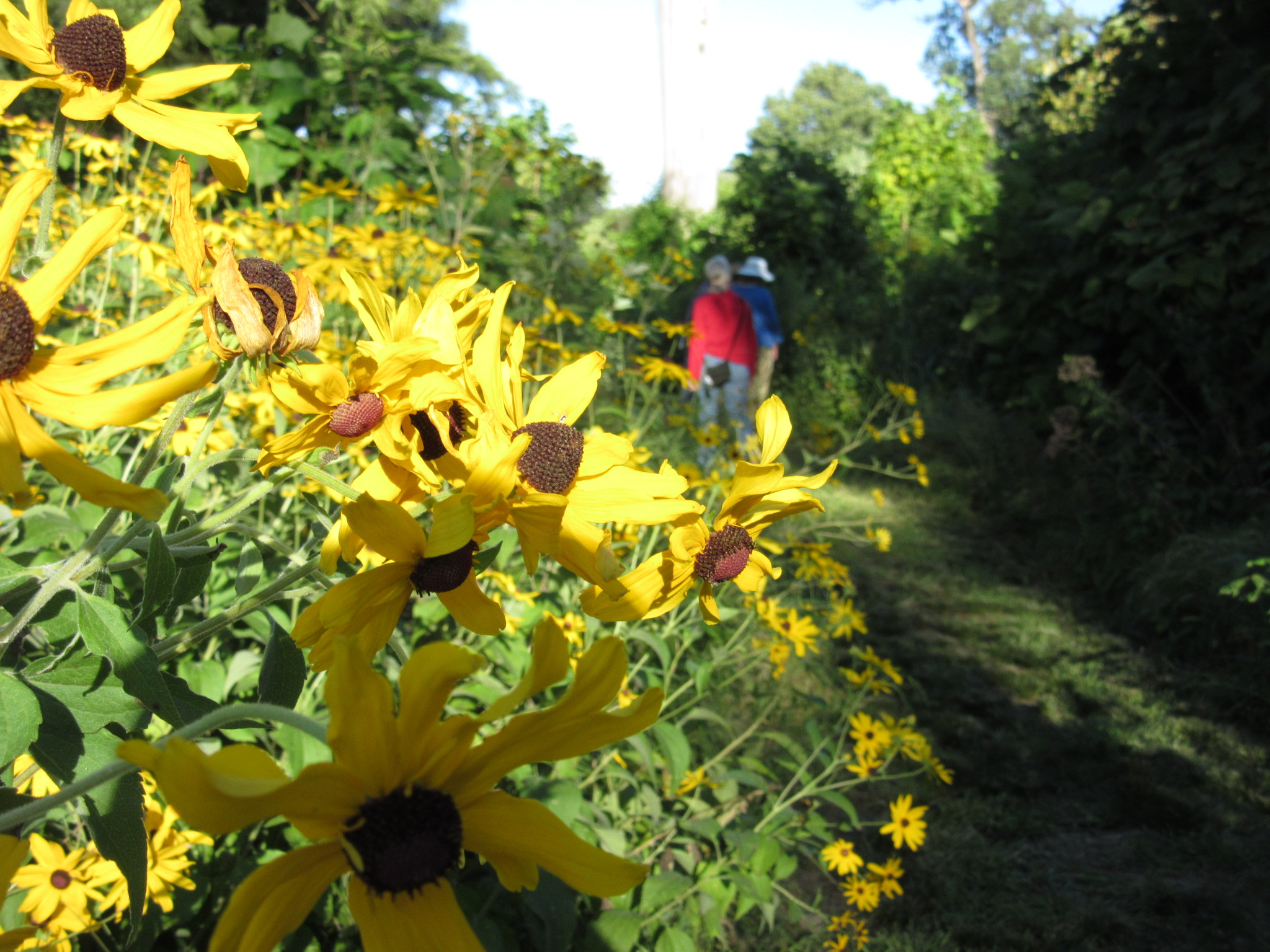
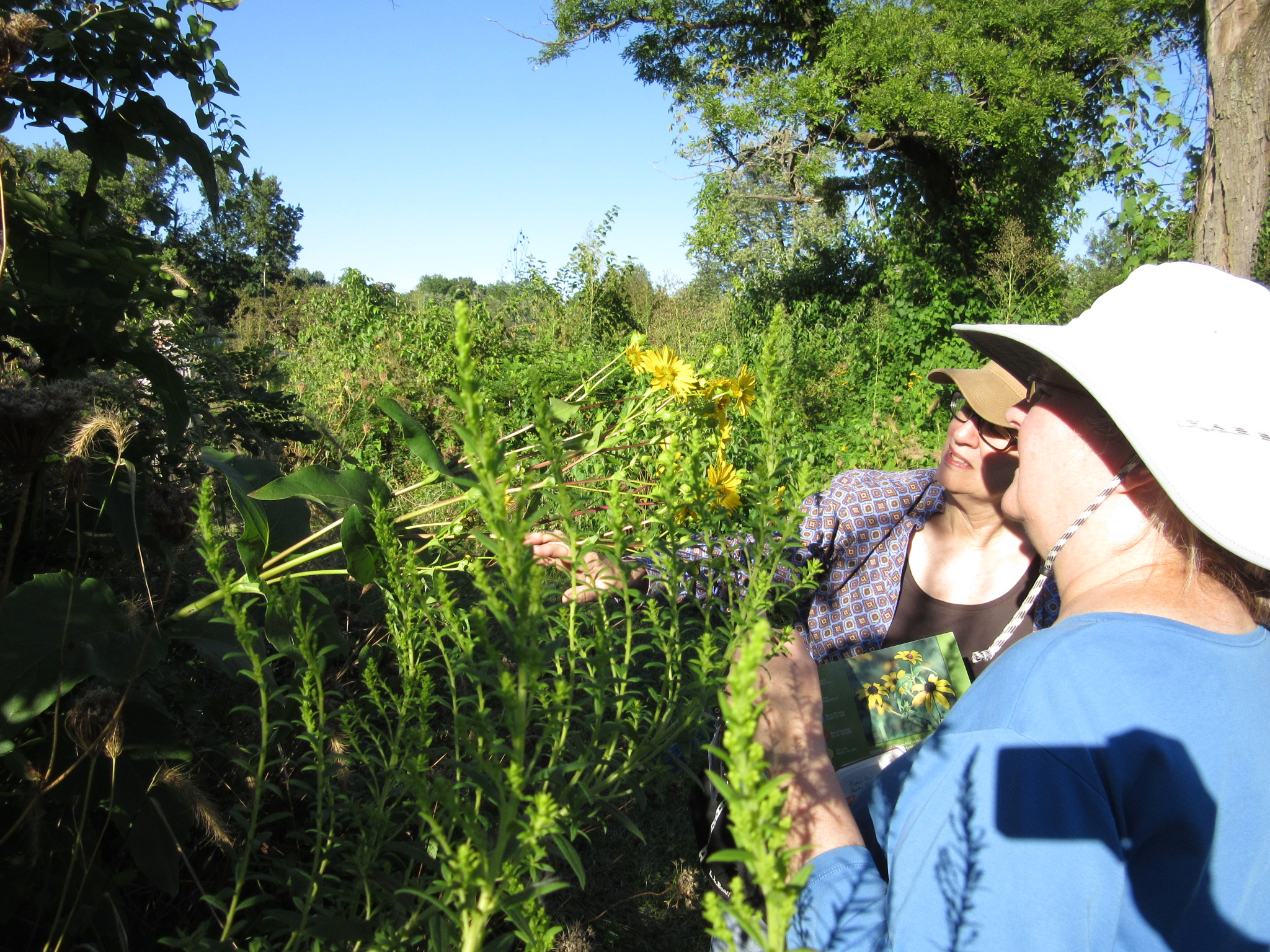
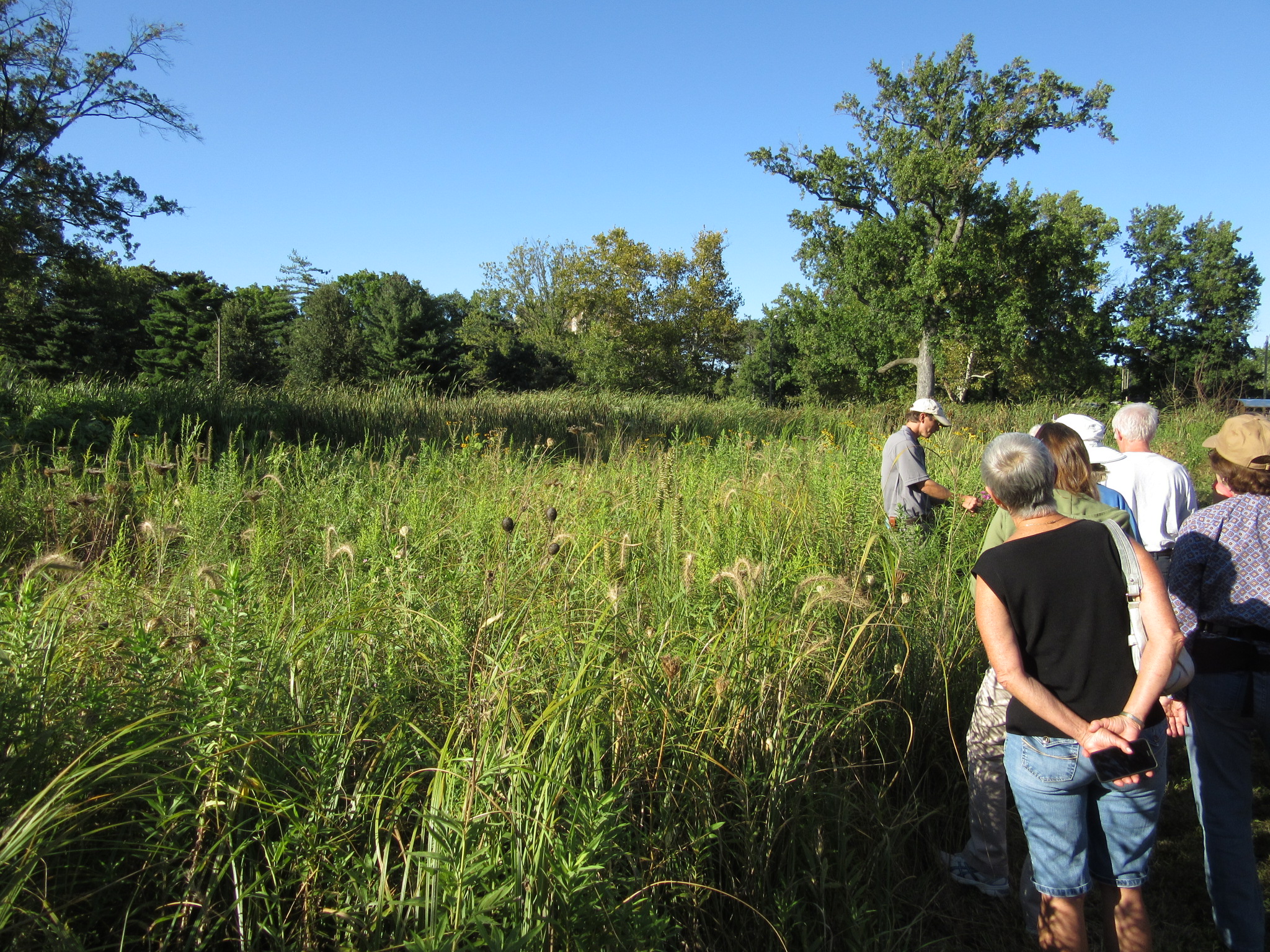
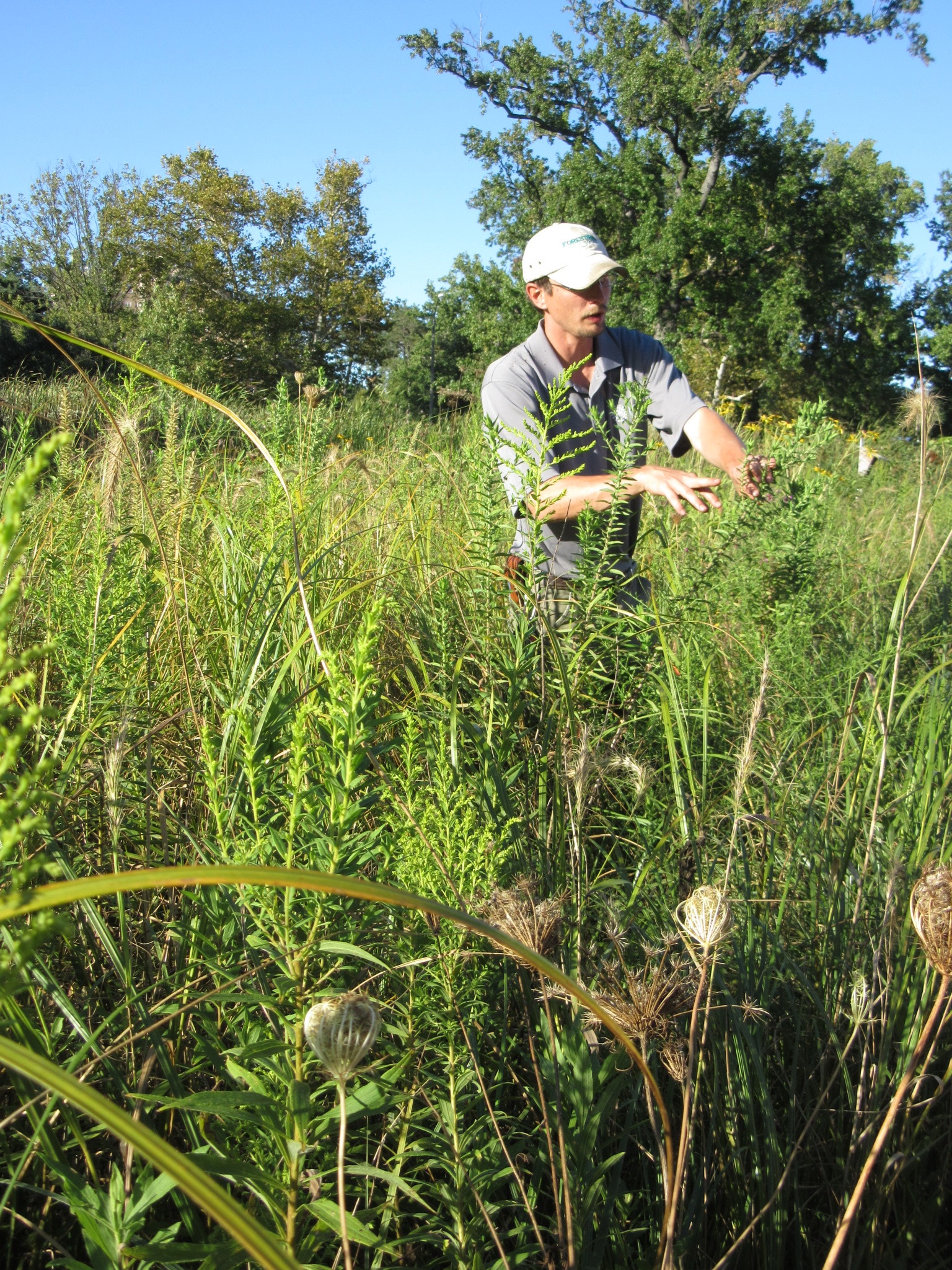

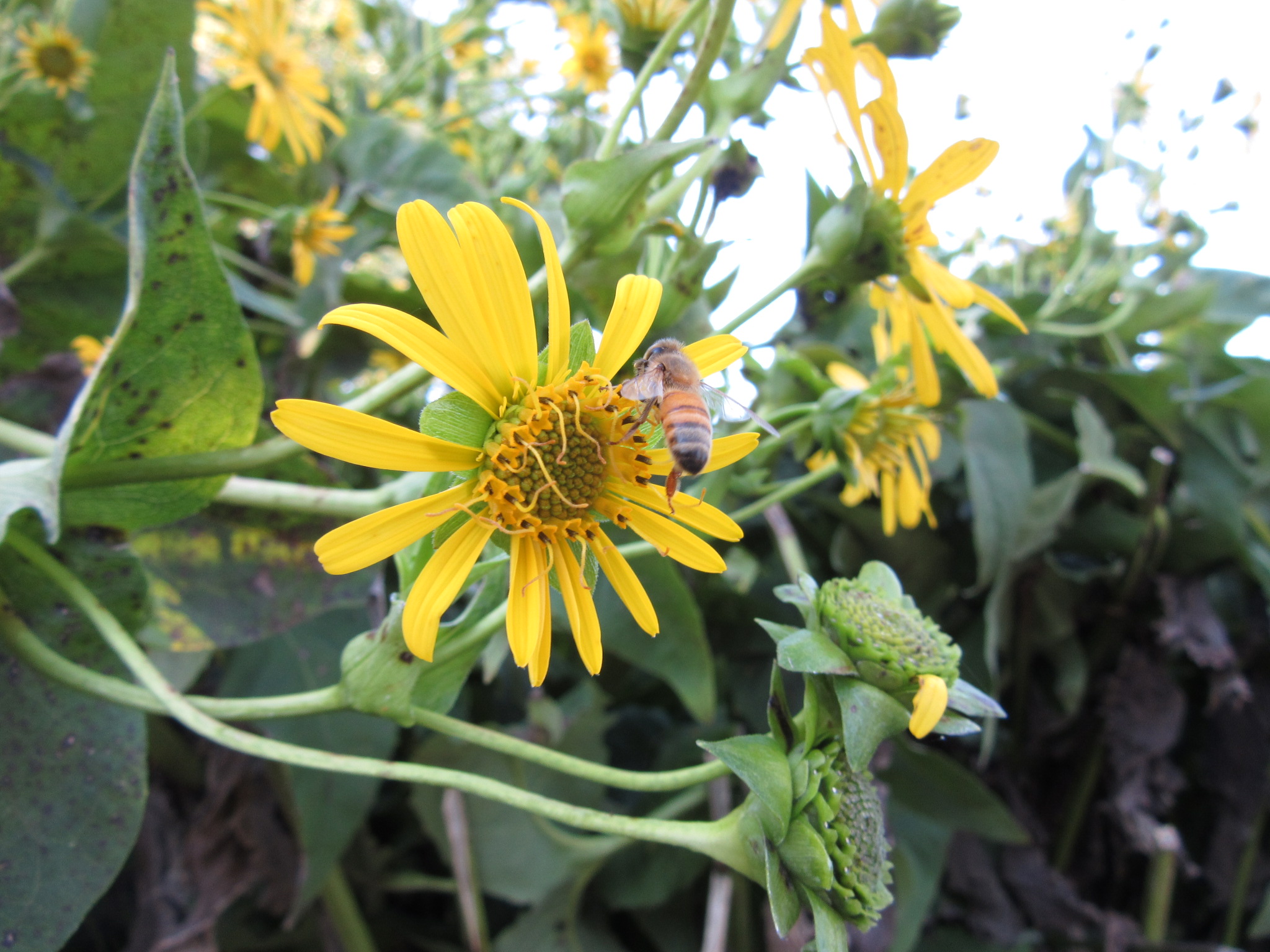
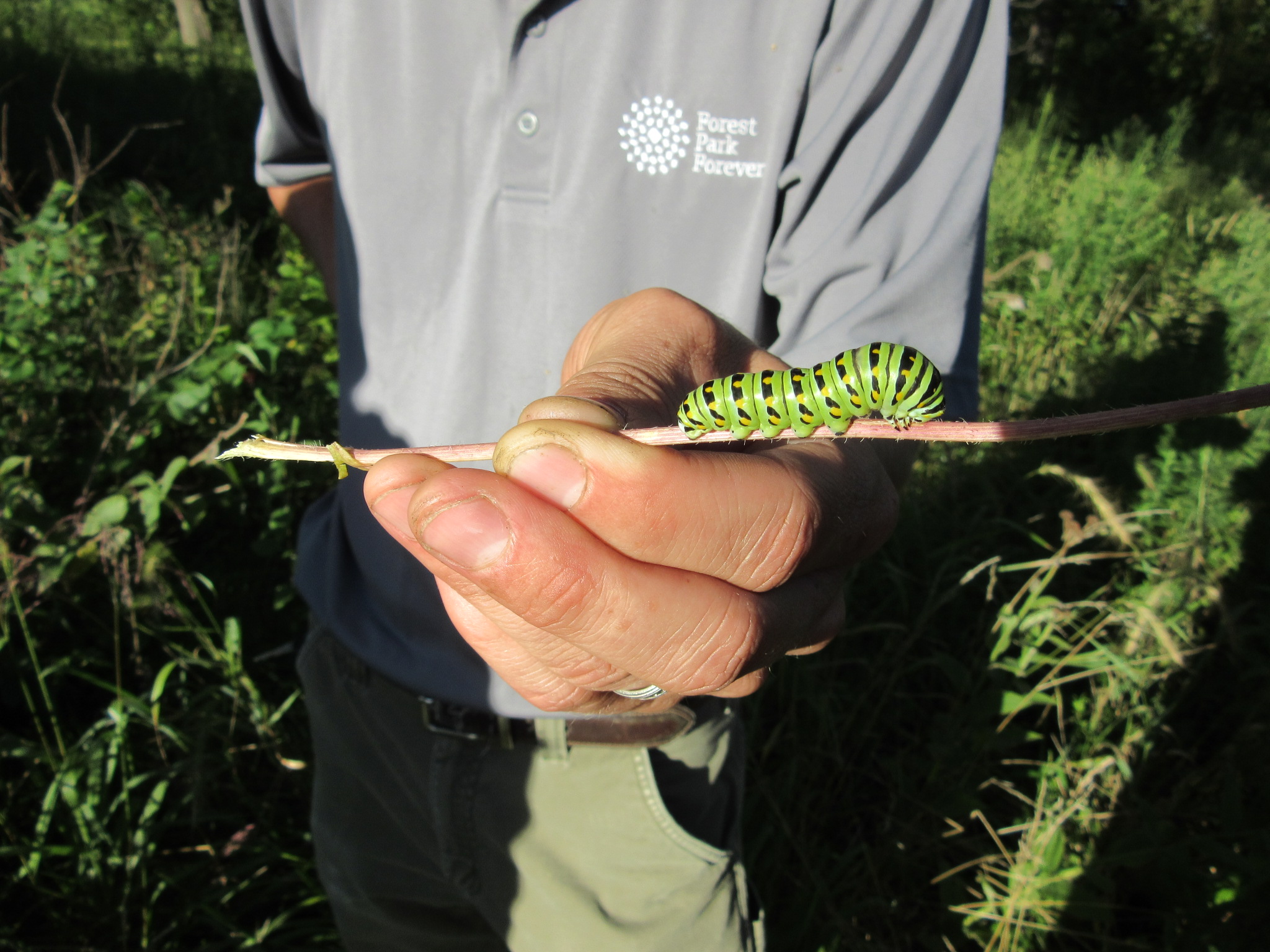
Josh’s lessons and anecdotes were appropriately thorough — not overly specific but not overly simplified. He quizzed the group first to see if anyone could contribute before diving into a lesson, and stopped frequently if there were questions. He shared the common names but prefers the scientific names, saying the common ones can be “unreliable” and prone to confuse.
Along the way we plucked some wild lettuces, touched prairie cord grass (Spartina pectinata) that pioneers used to make rope and bracelets, learned that cattails are 100% edible and discussed what wild bergamot is used for (“Tea” said someone, “And perfumes!” added another). We studied stamens and sheaths, discs and rays, and noted how leaves can be positioned oppositely or alternately. We saw asters, beggar ticks, rough drop seed, smart weed, creek oats and goldenrod.
We saw butterflies, bees, hummingbirds and woodpeckers nestling happily in their homes; heard locusts, crickets, and frogs; felt drops and spikes in temperature depending on what nook we were exploring; and smelled a new floral, earthy, satisfying scent every five feet.
Our group wound further back and wove around private corners and onto a mowed pathway lined with head-high grasses, then over a bridge covering a stream topped with algae. At this point Josh announced that he’d be right back.
But before he disappeared into the chest-high grass, he gave the group a specimen and challenged us to identify it by putting into practice what methods of classification we’d learned so far. The group huddled together, with three or four participants offering their educated opinions: based on the way the stem emerged from the sheath, it had to be some sort of ocrea. (It turns out we were correct; it was waterpepper, or Persicaria hydropiper.)
Josh emerged with what most assumed to be Queen Anne’s lace but turned out to be water parsnip (Sium suave), which bears an uncanny resemblance to water hemlock — a highly poisonous member of the Parsley family.
The evening’s three-quarter-mile journey of our Wildflower Walk was a pleasantly serene sensory overload. Being in such an intimate group allowed each of us to be more interactive with the specimens and with each other, and to speak up when we had something to say. And no matter how advanced or well-read any of us were on a topic, we all walked away having learned something new.
I noticed one young woman referencing her Missouri Wildflowers book throughout the tour, notating the date and location of where she saw each species. There was an older couple discussing between themselves what they’ve been growing in their yard. I smiled when one man asked if the Canadian nodding rye is what they use to make whiskey. And I was impressed when another woman made sure everyone smelled a sample of dried seed she mashed up in her hands, ecstatic that she was able to share and identify its origins all on her own.
Visit forestparkforever.org/wildflowerwalks for details about attending the final walk of 2015, held October 27. We'd love to see you there!
